Thrive in midlife: 3 key facts to defy ageing
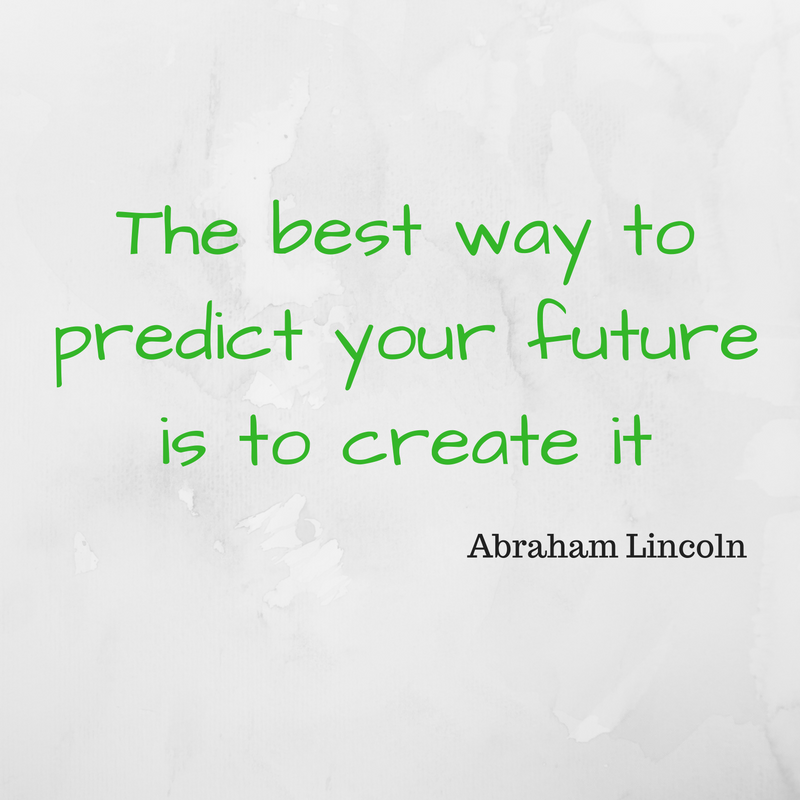
Midlife is often seen as a turning point—a time when we reflect on our past achievements and look ahead to the future. It’s a stage where maintaining our health becomes crucial to leading a fulfilling life. Regular exercise during midlife is not only beneficial for physical well-being but also plays a vital role in mental and emotional health.
For women it is also a time of hormonal upheaval as we to through peri-menopause and beyond. This is a time when specific exercise plays a key part in how you navigate this transition and, importantly, how you live beyond menopause.
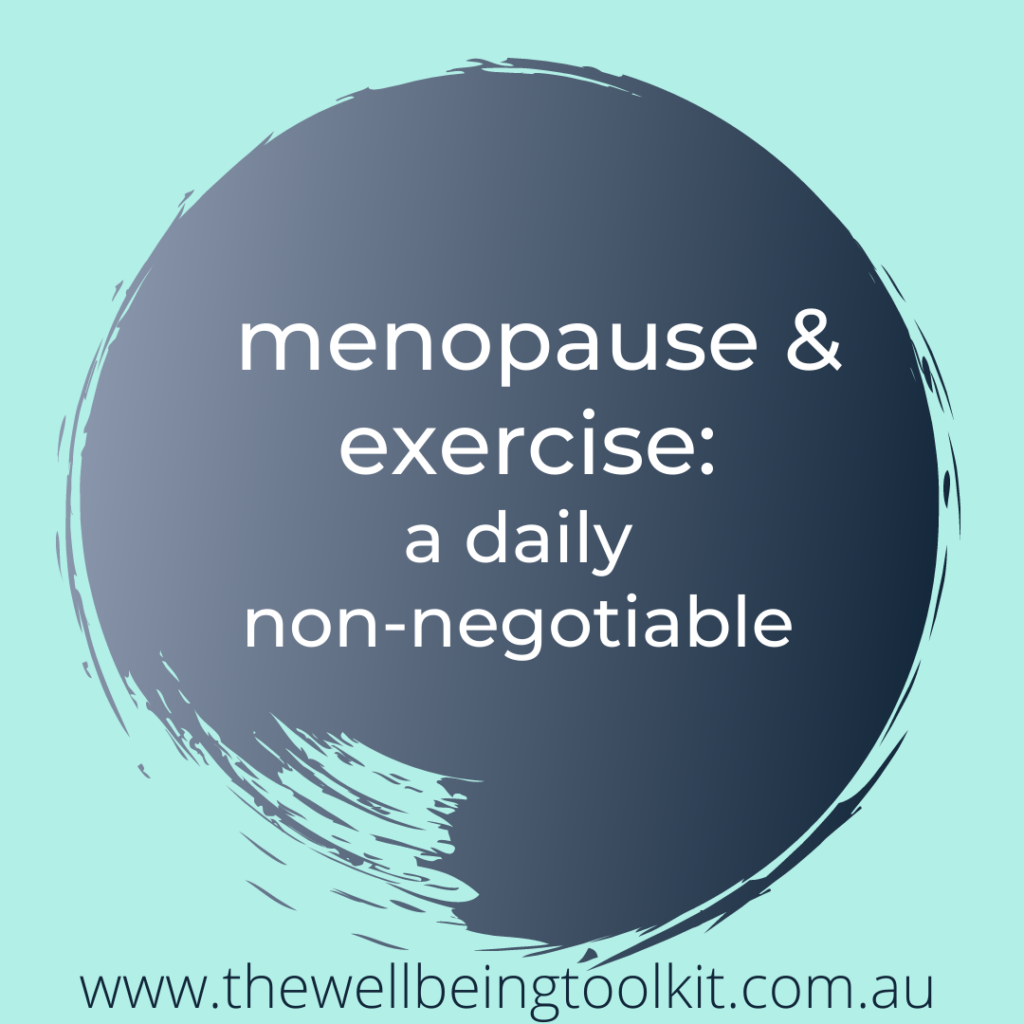
Three key ways exercise will change your midlife, and beyond
Exercising in midlife is essential for embracing a healthier and happier future.
1: Enhanced Physical Health
As we age, our bodies undergo natural changes that can impact our overall health. This is when exercise can have a big impact to not only counteract some changes but also help prevent others such as cardiovascular disease, diabetes and osteoporosis.
Boosted Cardiovascular Health:
Engaging in aerobic activities such as jogging, swimming, or cycling helps improve heart health, strengthens the cardiovascular system, and reduces the risk of heart disease, high blood pressure, and stroke.
For women in particular, heart health becomes crucial in midlife. Our risk of heart disease sky rockets after menopause so heart health needs to be prioritised.
Strengthened Muscles and Bones:
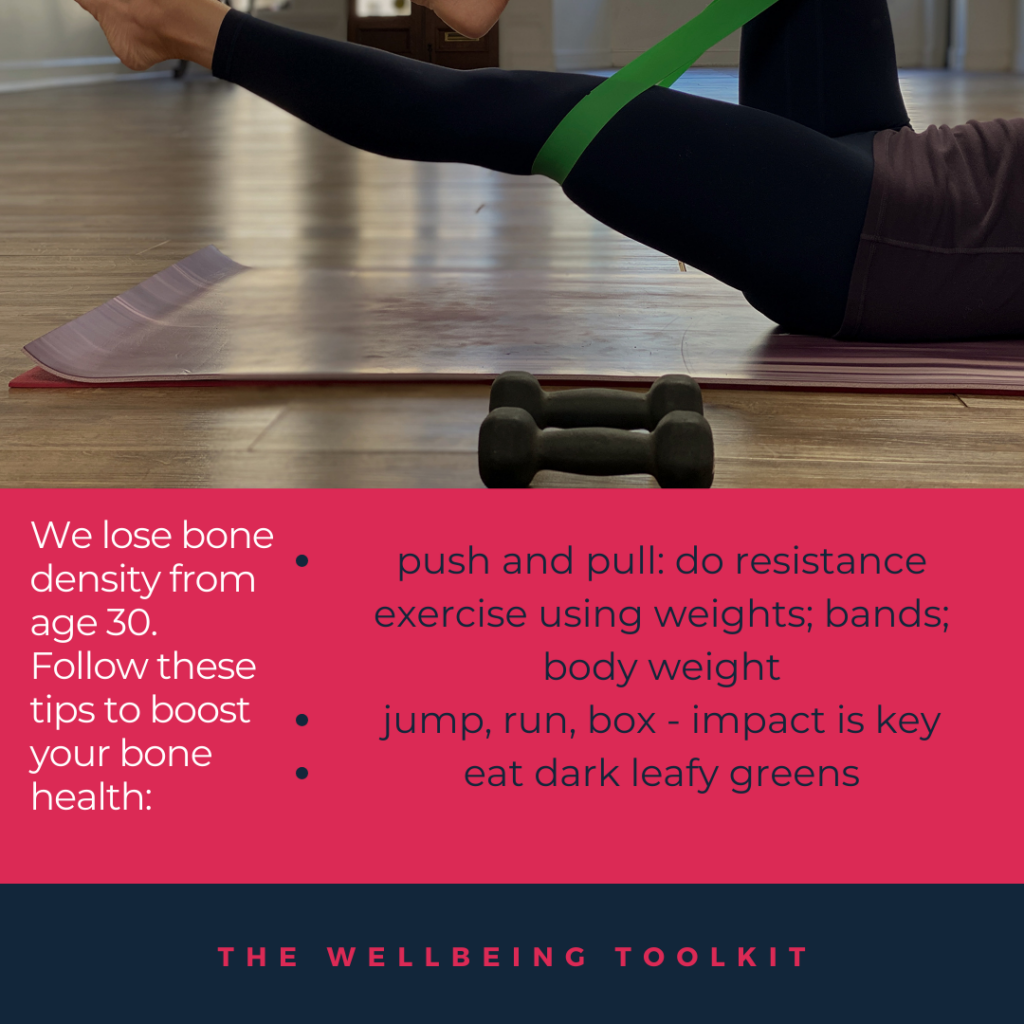
Fear of falling and the risk of broken bones, becomes very real for the elderly. By including resistance training into an exercise routine, we can maintain muscle mass and boost bone density. This not only helps prevent age-related muscle loss (sarcopenia), but also reduces the risk of osteoporosis and fractures.
Resistance exercise includes lifting weights, body weight exercises such as squats.
NOTE: if you’re new to strength training, please seek advice from a qualified personal trainer before starting.
Weight Management:
Whilst you can out-exercise a bad diet, including weight bearing exercise into a workout routine will help build muscle mass which in turn boosts metabolism.
Exercise forms a key element to weight management, but the biggest changes will come from diet – what you do (and don’t!) eat. If you find yourself in a weigh rut, a dietician can help get you back on track.
What exercise will do is rev up metabolism, burn calories both during and after exercise, and help maintain a healthy gut microbiome. All this helps reduce the risk of obesity-related diseases such as diabetes and certain types of cancer.
Increased Flexibility and Mobility:
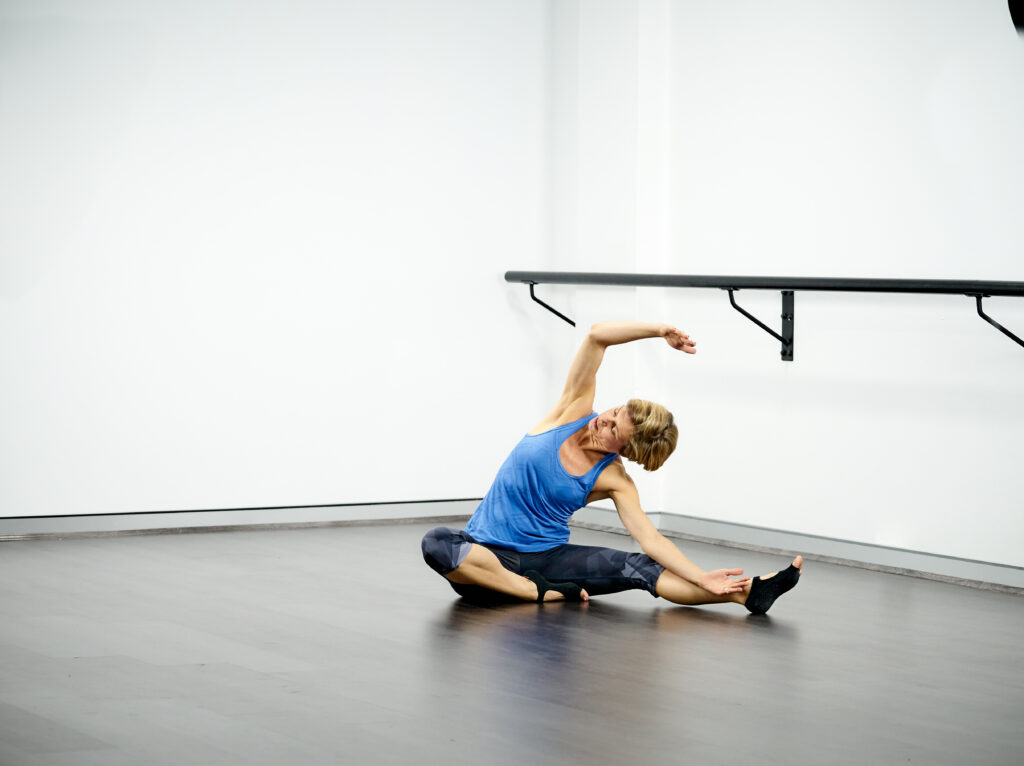
Mobility is key as we age. Lack of movement and injury can leave you stiff and immobile.
Incorporating stretching exercises like Barre class, yoga or Pilates can enhance flexibility, joint mobility, and balance. This helps reduce the risk of falls, maintains independence, and enhances overall physical performance.
2: Improved Mental and Cognitive Well-being
Exercise is not just about physical health—it has a profound impact on mental and cognitive well-being as well. Engaging in regular physical activity during midlife can bring about the following benefits:
Reduced Risk of Mental Health Conditions:
Exercise has been shown to reduce the risk and symptoms of common mental health conditions such as depression and anxiety. It promotes the release of endorphins, the “feel-good” hormones, and boosts serotonin levels, helping to improve mood and reduce stress.
Enhanced Cognitive Function:
Research suggests that exercise can enhance cognitive function and protect against age-related cognitive decline. It improves memory, attention, and overall brain health, reducing the risk of cognitive disorders such as dementia and Alzheimer’s disease.
Increased Energy and Productivity:
Regular exercise boosts energy levels, improves sleep quality, and increases productivity and focus. It helps combat midlife fatigue and promotes a more active and fulfilling lifestyle.
Studies have shown that creativity is enhanced after exercising, so if you have a tricky problem to solve, try going for a walk before tackling it.
3: Social Connections and Emotional Well-being
Midlife often brings changes in social dynamics and relationships. Exercise can serve as a catalyst for building new social connections and nurturing existing ones, leading to enhanced emotional well-being.
Group Exercise and Support:
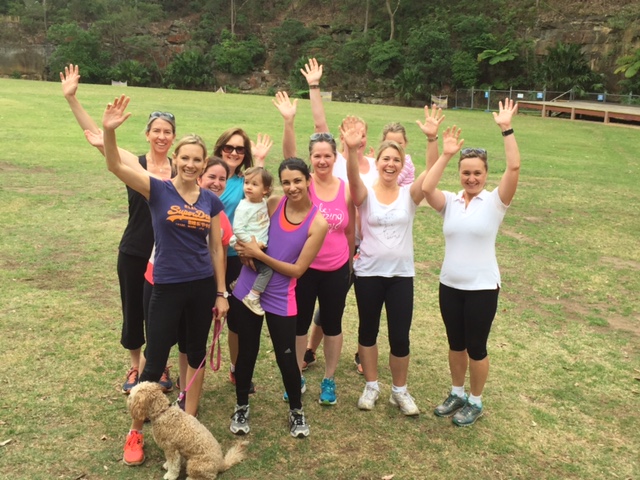
Joining fitness classes, sports teams, or group training sessions not only provides the opportunity to exercise but also fosters a sense of community and support. Interacting with like-minded individuals can combat feelings of loneliness and isolation, improving overall mental and emotional health.
Stress Relief and Improved Self-confidence:
Exercise is a natural stress reliever, helping to reduce anxiety, tension, and negative emotions. Regular physical activity also improves self-esteem and body image, enhancing overall self-confidence and self-worth.
Quality of Life:
By improving physical, mental, and emotional health, regular exercise enhances the overall quality of life during midlife. It allows individuals to embrace new experiences, pursue personal goals, and enjoy a fulfilling and active lifestyle.
Remember: it’s never to late to start.

You’re not too old, unfit or injured. The most important thing is to start. Find something you enjoy doing because you’re most likely to stick with that.
Embracing regular exercise in midlife is a transformative decision that can positively impact various aspects of life. From improving physical health and mental well-being to fostering social connections, exercise plays a pivotal role in enhancing the overall quality of life during this significant stage. So, grab your runner, embrace the joy of movement, and embark on a journey towards a healthier and happier future!
Looking to join a fun, welcoming fitness community? GoForFit has classes that will cover strength, cardiovascular fitness and mobility. Mix up your routine with Barre, Pilates and outdoor fitness
Get your trial week here: $7 for 7 days
Check the timetable here
